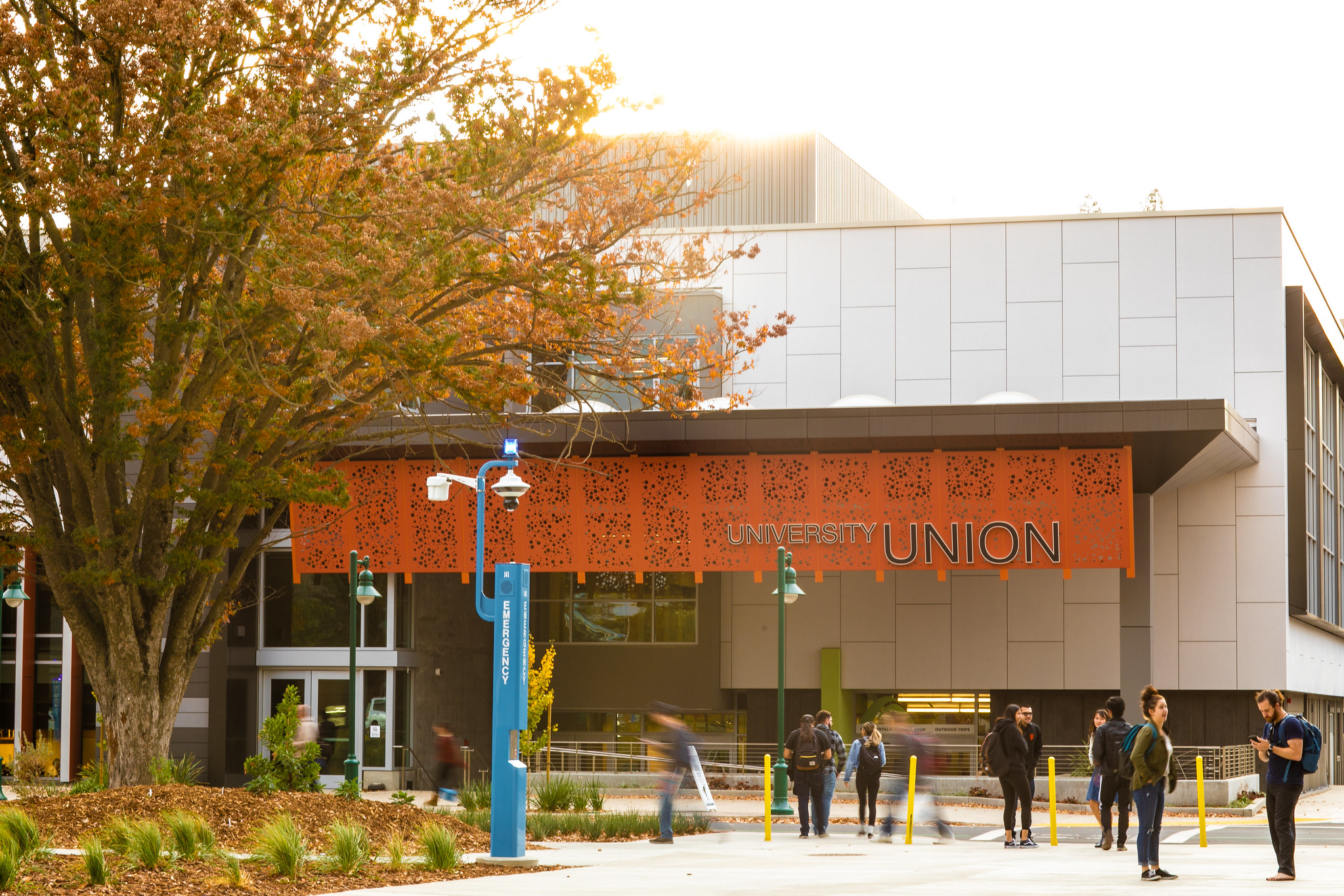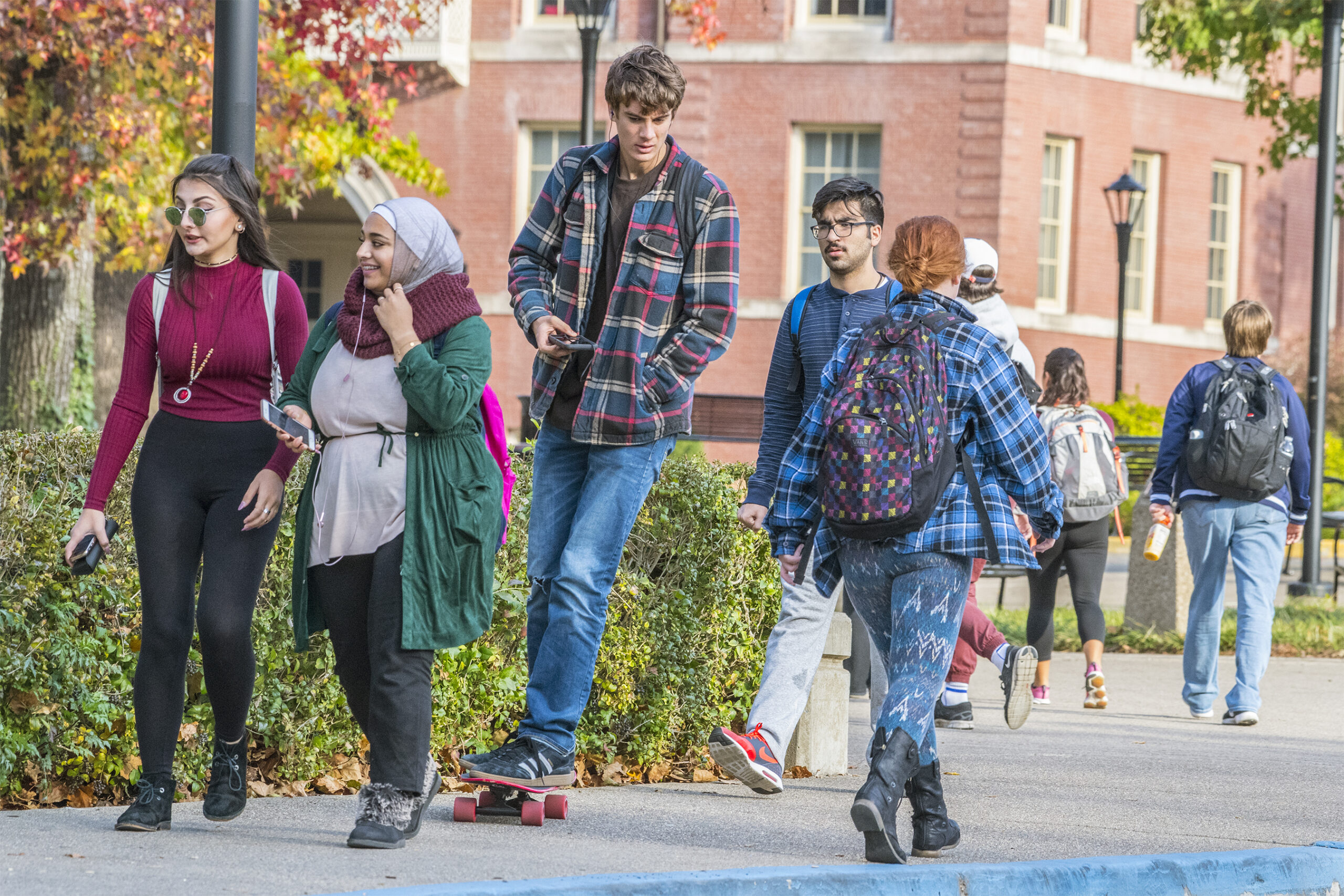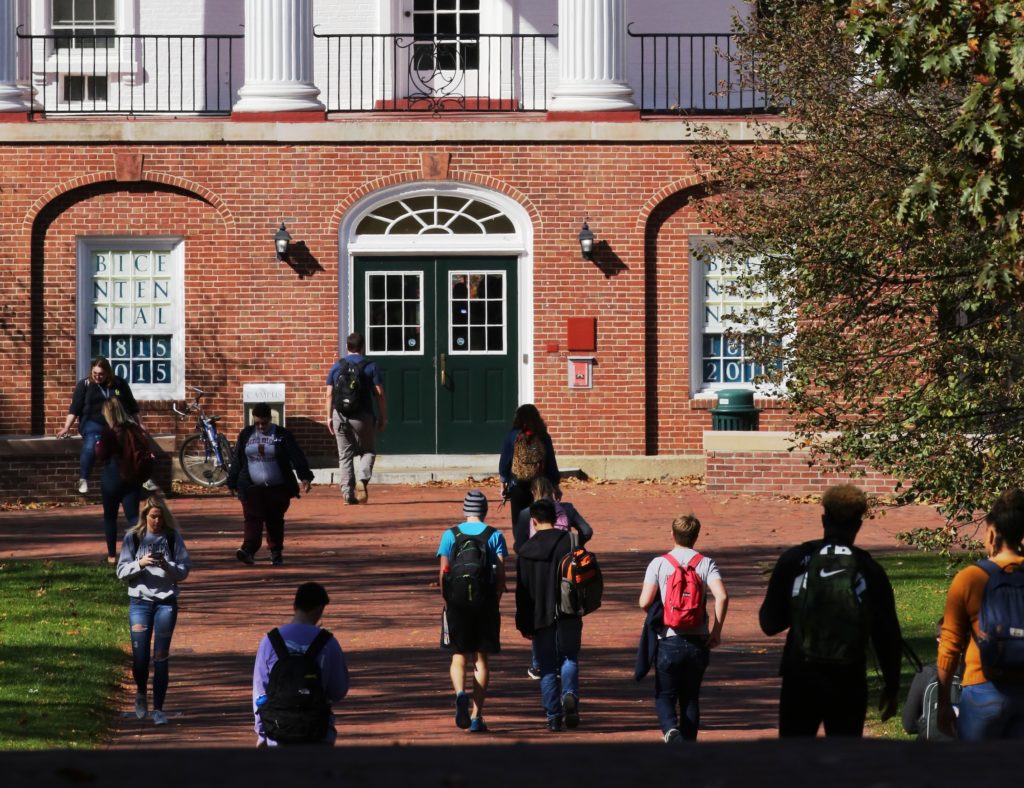Title: First-generation College Students’ Career Entry: College Perspectives
Authors: Melinda Mechur Karp, Suzanne Lyons, Nancy Stalowski, and Mary Fugate
Source: FirstGen Forward and Phase Two Advisory
First-generation college students experience the transition from high school to college and enrollment in higher education in a unique way. While there is significant research on first-generation students’ postsecondary pursuits and how they cross the boundary from the K-12 system into colleges and universities, less attention has been dedicated to exploring first-generation students’ career development and movement into the workplace.
A new brief by FirstGen Forward helps to close this knowledge gap, drawing on a national survey from 411 colleges and universities across 47 states and Washington, DC, and six focus groups with higher education professionals. Eighty-nine percent of those interviewed work directly with first-generation initiatives and programs, and 72 percent of respondents identify as first-generation graduates themselves.
Additional highlights and insights include:
First-generation college student career development is highly unique. First-generation students rely heavily on institutional resources and mentors to help them progress through unfamiliar environments, which include institutions. Focus group participants indicated that students often need additional mentorship and support in understanding how their experiences as first-generation students can be career assets and how they can be reframed in job applications.
First-generation respondents frequently indicated they need exposure to individuals who share their identities who can help them explore their future career pathways. When asked what students need for future career support, 20 percent of survey respondents said opportunities to build social capital, including networking, mentoring, and internship opportunities.
Institutional approaches to promoting first-generation career development differ. First-generation students indicated they rely on both general university career services and programs tailored to them. Thirty-six percent of respondents reported their postsecondary institution offers career services tailored to first-generation students, 43 percent stated their institution does not, and the rest were unsure. Of 201 written survey responses about specific knowledge first-generation students need, the most commonly mentioned skill was interview preparation. However, the survey responses indicate that only 66 percent of respondents’ institutions offer this.
First-generation College Students’ Career Entry: College Perspectives is the first of six research and policy briefs that will make up a national landscape analysis. Additional briefs will be released over the coming months.
To read the full report from FirstGen Forward, click here.
—Austin Freeman
If you have any questions or comments about this blog post, please contact us.




